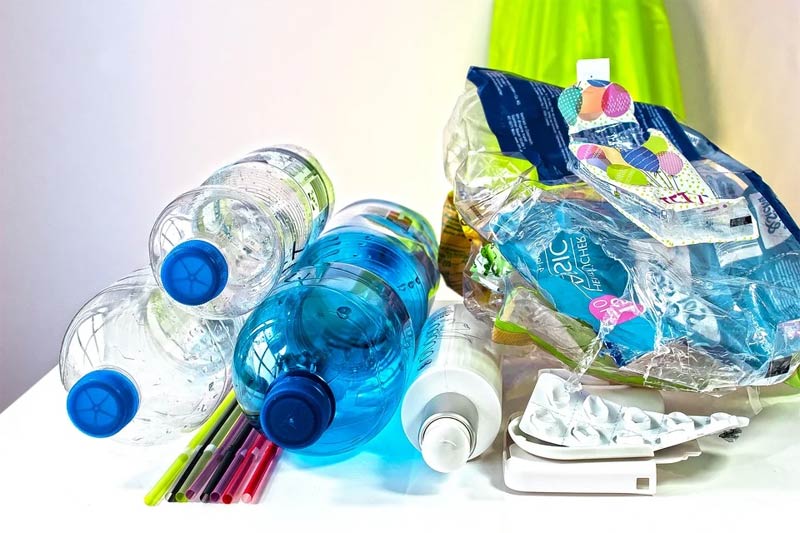We use plastic objects every day to an extent that even this article is written on a plastic keyboard. We come in contact with plastic daily and plastic increases our quality of life. But what is plastic? How is plastic made and what material is used to make plastic? Let’s answer.
Through this article, we would like to answer these questions about plastic and also explain more about the advantages and disadvantages, plastic as an economic factor and environmental problem, as well as the recycling of plastic waste. You will also learn why plastic is not just plastic we see and use every day but so much more. Let’s begin.
In the days when plastic was still a thing of the future, milk was kept in glass bottles and large jugs and wooden toothbrushes were standard. In 1839, with the combination of rubber and sulfur, Charles Goodyear got plastic production rolling that has been unstoppable since then. Almost 100 years since and many attempts at development, plastic regularly ran over the production belt. While in 1950, a mere million tons were produced worldwide, today we produce around 370 million tons of plastic every year.
With the development of the PET bottle at the end of the 1960s, plastic was given its final go-ahead, which really took off. So far, plastic has been the only material that is light, unbreakable, elastic, temperature-resistant, and, above all, can be manufactured in different degrees of hardness. As soon as a similarly flexible, mass-compatible, and hopefully biodegradable material comes to light, plastic as we know it becomes superfluous. But what is plastic? And how is the plastic made?

As many know, plastic is made from a limited raw material, petroleum. But until the finished plastic bottle, a few more steps of plastic production are necessary. Petroleum is distilled and the crude gasoline that is valuable for the manufacture of plastics. In addition to crude gasoline, gas, diesel, heating oils, and gas oil produce other components of the oil.
Crude gasoline is split into ethylene, propylene, butylene, and other hydrocarbon compounds by the cracking process. The synthesis applies polymerization and polycondensation methods to derive a usable product. Through synthesis, plastic can finally be produced as desired.
So-called monomers are strung together and synthesized to form a network and chain-shaped molecules called the polymers. But the product formed is not yet the usable plastic. Therefore, the selected manufacturing process or the desired end product decides which shape the plastic will have later.

Even though we often argue against plastic here in the blog, the plastic does not only have disadvantages. It increases our quality of life and ensures that our cars consume less and the heat stays in our apartments. Here I have put together a small table with the advantages and disadvantages of plastic, which you are welcome to expand with a comment on this article.
Advantages and disadvantages of plastic
Advantages
- Flexible
- Inexpensive
- Insulating
- Electrically insulating
- Saves Fuel (car, plane, etc.)
- Reusable
- Light
Disadvantages
- Not biodegradable
- Substances hazardous to health (BPA, PVC)
- Flammable
- Requires petroleum to be manufactured which is a limited raw material
- Plastic waste problem in the environment
- Not scratch resistant
- Can be attacked by organic solutions
Plastic is incredibly important for the economy. Around 370 million tons of plastic are now produced every year. Plastic can currently still be procured cheaply and, in addition to being used for the products themselves, also serves as product packaging for companies. Car components can be made with plastic very easily so that they have lower fuel consumption. Airplanes are also so light thanks to the plastic that they consume significantly less kerosene.

Even renewable energies, such as wind energy, could not be captured without plastic. Plastic is of huge importance for the economy. Of course, the plastic manufacturers are particularly defending themselves against the emerging plastic-free movement and the tendency towards natural life. Many companies can only be persuaded by controlled laws to circulate less plastic waste.
Also Read – Why Is Reuse Better Than Recycle?
Now you know how plastic is made, how it is used, and what are its advantages and disadvantages. Next time you use any plastic product, please remember that it will around 450 years before it finally starts breaking down.


